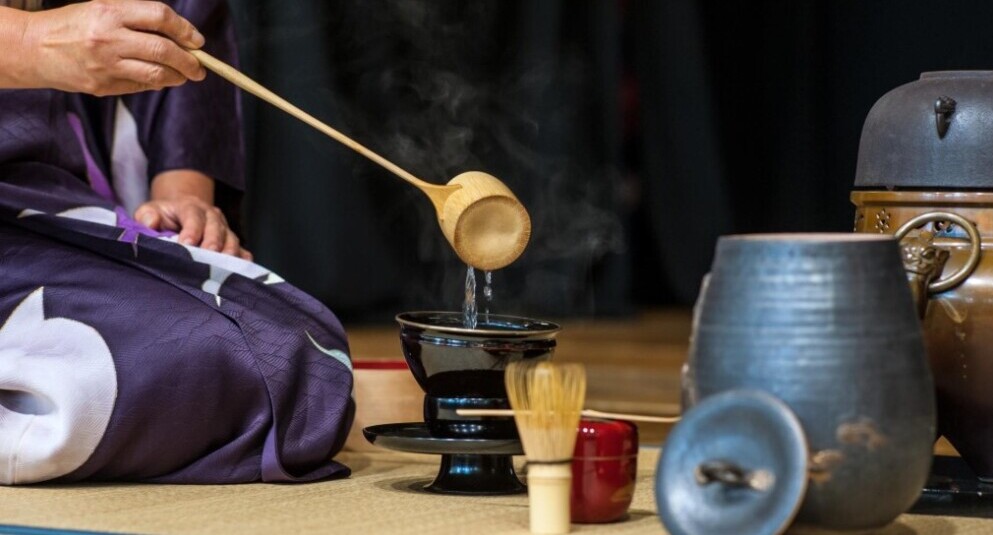
Green tea in Asia isn’t just a drink—it’s a ritual, a moment of stillness, and a bridge between past and present. From serene Japanese tea ceremonies to lively Vietnamese tea stalls, each culture brings its own twist to this centuries-old tradition.
From the Tang dynasty onward, China’s green tea culture flourished, touching the lives of emperors, monks, and everyday people. Its influence soon spread beyond borders, inspiring Japan’s meditative tea traditions, Korea’s serene Darye gatherings, and the evolving green tea scenes of Vietnam, Thailand, and India.
Each country has infused its own essence into green tea, blending history and innovation into every sip. Whether it’s a mindful matcha moment, a street-side tea stall, or a refreshing iced blend, green tea remains a bridge between past and present, reminding us to slow down and savor the beauty in simplicity.
Japan’s Sacred Cha-no-yu: Tradition Meets the Modern World
Cha-no-yu, Japan’s revered tea ceremony, embodies mindfulness and Zen philosophy. As I explored in Exploring The Role Of Green Tea In Japanese Tea Ceremonies, every whisk and bow carries deep meaning, transforming tea into an art of presence. Yet even as tradition holds strong, modern adaptations are reshaping how Japan embraces tea in today’s fast-paced world.
Japanese tea culture is evolving. In Tokyo’s trendy neighborhoods, you’ll find casual tea bars serving matcha lattes alongside traditional sweets.
Some tea masters are introducing express Cha-no-yu experiences, distilling the elegance of the ceremony into formats more accessible to younger generations and tourists.
Even at home, matcha is making a comeback. From traditional tea masters to social media influencers, people are embracing the mindful ritual of whisking matcha—proving that ancient traditions can thrive in a digital age.
The essence remains: a moment of calm, a pause to appreciate the beauty in simplicity. So, whether you’re following the full ritual or just taking a mindful sip of matcha before heading to work, Japan’s tea culture invites you to slow down and be present.

China’s Timeless Tea Traditions: Gong Fu and Beyond
China, the birthplace of green tea, has cultivated a tea culture as rich and nuanced as the drink itself. From the imperial courts of the Tang dynasty to bustling modern tea markets, green tea remains deeply woven into daily life.
As I discussed in The Place Of Green Tea In Chinese Culture And Traditions, tea has shaped Chinese society for centuries, influencing everything from imperial customs to the vibrant tea markets of today.
One of the most revered traditions that emerged from this deep-rooted culture is the Gong Fu tea ceremony—a meticulous, almost meditative practice that transforms tea-making into an art form
Unlike a simple steep, Gong Fu is about precision and patience. Using small clay teapots and carefully measured leaves, tea masters perform multiple short infusions, coaxing out deeper layers of aroma and taste with each round.
It’s a ritual of repetition—pour, steep, serve, sip—creating a shared experience where conversation flows as smoothly as the tea itself.
From the crisp, nutty notes of Longjing to the floral elegance of Bilochun, China’s green tea varieties are as diverse as its landscapes. Whether enjoyed in a bustling tea house or a quiet home, every sip carries a story.
In Sichuan, Kung Fu tea houses take the experience a step further, blending tradition with spectacle as tea masters wield long-spouted kettles to perform acrobatic pouring techniques.
Through centuries of refinement, Chinese tea traditions continue to thrive, proving that in every carefully poured cup, history and innovation go hand in hand.
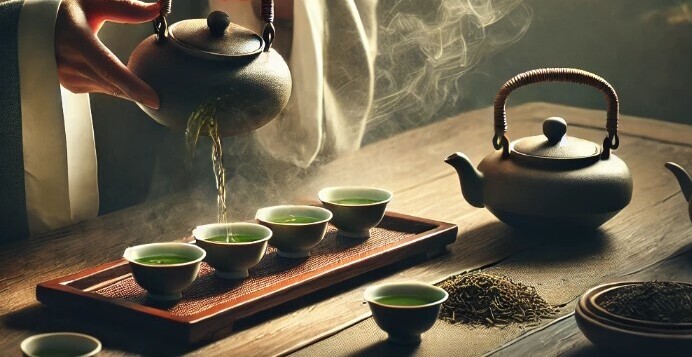
South Korea’s Darye: A Meditation in a Cup
While China refined the art of tea-making, its influence rippled across Asia, inspiring unique traditions like Korea’s Darye.
Korean tea culture is a captivating blend of history, spirituality, and evolving modern sensibilities. While tea first arrived in Korea from China centuries ago, it has since developed its own distinct identity, deeply intertwined with Seon (Zen) Buddhist practices.
Unlike the structured formalities of Japanese tea ceremonies, Korea’s Darye—meaning “tea etiquette”—embraces a more natural, relaxed approach.
At the heart of Korean tea rituals is the practice of mindfulness. Every sip is an opportunity for quiet contemplation, a way to find balance in the simplest of moments. The preparation is deliberate and precise, often accompanied by gentle conversation or meditative silence, echoing Zen Buddhist teachings that emphasize tranquility in daily life.
One of Korea’s most prized green teas is Nokcha, a tea that captures the essence of the country’s lush landscapes. Grown along Korea’s coastal tea farms, Nokcha carries a fresh, slightly sweet flavor with hints of ocean breeze, grounding each drinker in the agricultural heritage of the region. Particularly esteemed is Sejak, an early spring green tea harvested just before the first rains, prized for its delicate and nuanced taste.
Whether it’s sipping a warm cup of Nokcha or indulging in a green tea-infused dessert, Korea’s tea culture invites you to slow down, breathe, and savor the simple joys of life.
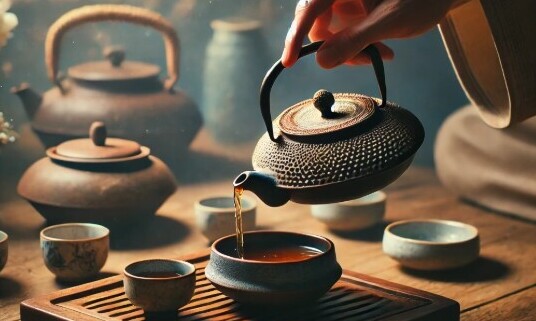
India’s Green Tea Story: A Hidden Gem Beyond Chai
India, renowned globally for its robust, spiced chai, holds a secret in its sprawling tea landscapes: a unique green tea tradition that’s just as vibrant. While India’s black teas steal headlines, particularly from Assam and Darjeeling, its northeastern regions quietly cultivate some exquisite green teas.
Darjeeling, often dubbed the ‘Champagne of Teas’, serves as a cradle for India’s green tea variants. Unlike their black tea counterparts, these green teas captivate with their delicate flavors and refreshing astringency.
The high-altitude gardens, mist-laden and lush, nurture leaves that balance complexity with a mild sweetness, revealing a softer side of India’s tea story.
Alongside these hills, Ayurvedic practices seamlessly fold into the narrative. Green tea’s profound health benefits align well with Ayurvedic ideologies focusing on balance and holistic wellness. It’s common to find green tea infused with local spices and herbs like tulsi and lemongrass, adding a unique Indian twist that amplifies its therapeutic properties.
In the bustling bazaars and quiet cafes, green tea is gradually gaining ground as a lifestyle choice among health-conscious urbanites. This shift reflects a broader trend towards wellness and eco-awareness that’s reshaping India’s tea consumption habits.
Embracing India’s green teas invites an exploration beyond the bold chai that dominates the scene. It invites a journey to savor the artistry of lighter brews and perhaps find harmony in their subtlety. For those eager to expand their palate, a cup of Indian green tea can offer a refreshing perspective in a global tea palate dominated by robust flavors.
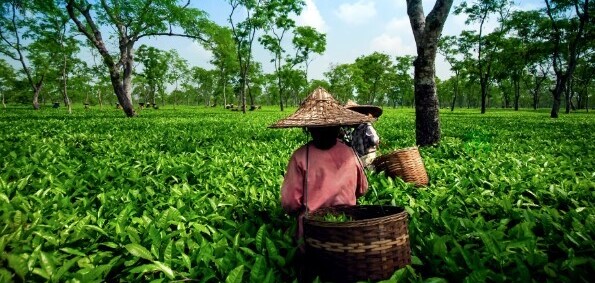
Vietnam & Thailand: Rising Stars in the Green Tea World
In Vietnam’s misty northern highlands, green tea has been cultivated for generations, with some of the most prized varieties coming from centuries-old wild tea trees.
Unlike the neatly pruned tea bushes found in commercial plantations, these ancient trees yield a deeply earthy and slightly smoky brew, infused with the essence of mountain air.
Vietnamese green tea is often strong and full-bodied, enjoyed plain or infused with lotus or jasmine blossoms, a tradition that dates back to royal courts.
The process of scenting tea with flowers is a meticulous art, and the result is a brew that feels both grounding and ethereal—a true reflection of Vietnam’s natural landscapes.
Thailand Green Tea Culture: A Modern Take on Tradition
Thailand’s green tea culture takes on a vibrant, tropical personality. While traditional loose-leaf green teas are produced in regions like Chiang Rai, Thailand is perhaps best known for its sweet, creamy iced green tea, a staple in street markets and cafes alike.
Often infused with pandan, jasmine, or condensed milk, it’s a refreshing, modern twist that caters to Thailand’s warm climate.
Beyond beverages, green tea is making its way into Thai cuisine, with chefs experimenting with matcha-infused pastries, green tea curries, and even tea-smoked meats. This creative integration is helping Thailand develop a unique tea culture that blends local flavors with global tea trends.
A Growing Presence in the Global Tea Scene
Both Vietnam and Thailand are rapidly expanding their roles in the global green tea market, with artisanal farmers and innovative brands bringing their unique styles to the world.
Exploring these emerging tea cultures offers a fresh, exciting perspective on green tea—one that balances tradition, experimentation, and a deep connection to the land.
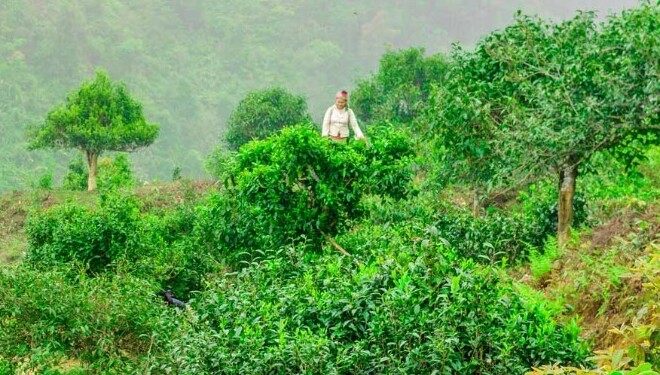
Fun Facts & FAQs: A Deeper Look at Green Tea Rituals
Fun Facts:
- In Japan, tea masters train for decades to perfect the art of the tea ceremony.
- The oldest tea tree in Vietnam is estimated to be over 1,000 years old!
- Korea’s Sejak green tea, picked just before the first spring rains, is considered the most delicate and precious.
- Legend has it that in China, Emperor Shen Nong discovered tea around 2737 BCE when tea leaves accidentally drifted into his boiling wate.
- Thailand’s green tea-infused beauty products are gaining international popularity due to their antioxidant properties.
FAQs:
Q: What’s the difference between matcha and other green teas?
A: Matcha is a powdered green tea made from shade-grown leaves, giving it a higher chlorophyll and antioxidant content compared to regular steeped green teas.
Q: How is green tea traditionally served in India?
A: While chai dominates, green tea in India is often infused with herbs and spices like tulsi, mint, or cardamom for a unique Ayurvedic twist.
Q: Is green tea always consumed hot in Asia?
A: Not always! In Thailand and Vietnam, iced green tea is widely popular, offering a refreshing alternative in warmer climates.
Q: What are the health benefits of green tea?
A: Green tea is rich in antioxidants, aids digestion, supports heart health, and may boost metabolism.
Q: Which Asian country drinks the most green tea?
A: China consumes the most green tea globally, followed by Japan.
The Beauty of Green Tea Rituals: A Lesson in Slowing Down
No matter where you are in Asia, green tea is more than a drink—it’s a reminder to pause, connect, and appreciate the moment.
Whether it’s the precision of a Japanese matcha whisk, the mindful stillness of a Korean tea gathering, or the vibrant social energy of a Vietnamese street-side tea stall, every ritual carries a story of culture, history, and human connection.
As we rush through modern life, there’s something deeply grounding about embracing even a small part of these traditions. So the next time you brew a cup of green tea, take a moment to savor it—not just for the taste, but for the centuries of wisdom steeped within.
